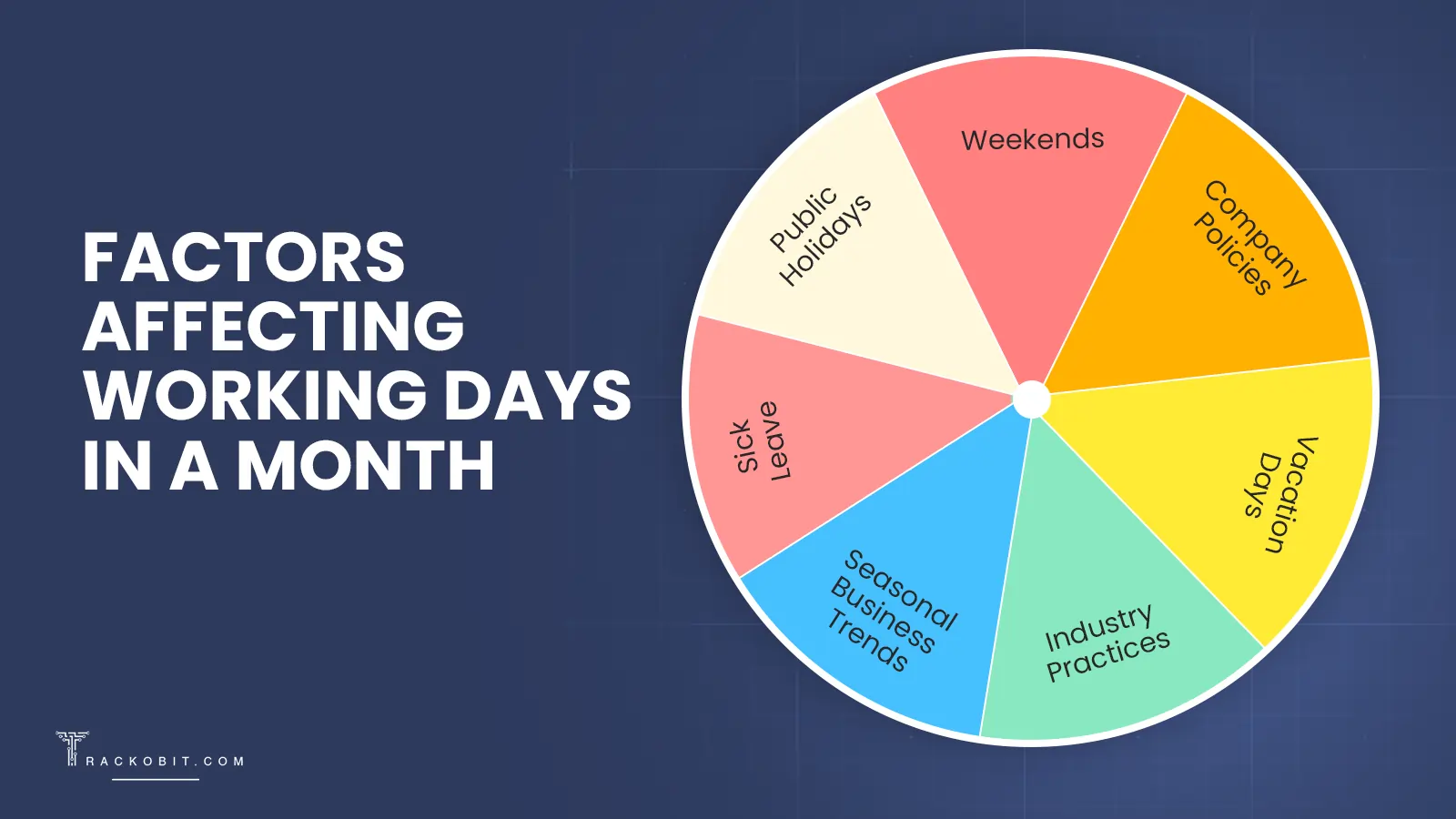-
TrackoBit
Manage commercial vehicles with the new-age Fleet Management Software
TrackoBit -
TrackoField
Streamline your scattered workforce with Field Force Management Software
TrackoField -
Features Resources
-
Blog
Carefully curated articles to update you on industrial trends. -
White Paper
Insightful papers and analysis on essential subject matters. -
Glossary
Explore an alphabetical list of relevant industry terms. -
What’s New
Get TrackoBit & TrackoField monthly updates here. -
Case Study
Explore the cases we solved with our diverse solutions. -
Comparisons
Compare platforms, features, and pricing to find your best fit.
-
About Us
Get to know TrackoBit: our team, ethos, values, and vision. -
Careers
Join the most dynamic cult of coders, creatives and changemakers. -
Tech Support
Learn about our technical support team and services in detail. -
Events
Check out the exhibitions where we left our marks and conquered. -
Contact Us
Connect with us and let us know how we can be of service.
How Many Working Days Are in a Month on Average? The Exact Numbers
- Author:Nandita Gupta
- Read Time:7 min
- Published:
- Last Update: November 19, 2025
Table of Contents
Toggle
Understand average working days, weeks, and key factors to optimize shift scheduling and resource allocation.
Table of Contents
Toggle
To optimally address payroll data and task management requirements, understanding the average number of working days in a month is crucial. Knowing this helps your businesses and employees stay goal-oriented and use their time efficiently.
But, but, but, do you know that the exact number of workdays in a month can vary due to factors like weekends, public holidays, and some more reasons?
In this blog, we are sharing an exact number of working days in a month with some cool math and factors that influence their variations. Trust us, this will help a lot in running data over your HRMS or payroll management system.
So, What are Working Days?
A working day is defined as the total number of days an employee is authorized to work with a recognized organisation in exchange for compensation. Of the 365 days in a year, there are approx. 260 working days. The remaining 105 days account for weekends, regional or national holidays, and other situations.
Please note that the total number of working days in a month can vary as per the following factors:
-
- Some months can have more or less days than other months.
- The majority of countries have weekends (Saturday and Sunday) off, while some have just off on Sundays.
- The frequency and timing of public holidays can also affect the number of workdays.
Standard Calculation of Average Working Days
“Working days” is a combination of workdays in a week (Monday to Friday), excluding weekends and public holidays.
| Here’s how you can calculate the average working days in a month:
There are 7 days in a week – 5 weekdays (Monday to Friday). – 2 weekend days (Saturday and Sunday). Total Days in a Month – You will see most months have 30 or 31 days But February is an exception, with 29 days in a leap year. Here’s a quick breakdown of the basic number of working days in each month: 31-day month: – There are a total of 4 weeks (5 days X 4) = 20 days. – The remaining days might include up to 2 workdays. – Total days = Between 20-23 workdays. 30-day month: – There are a total of 4 weeks (5 working X 4) = 20 days. – 2 extra days may include up to 1 working day. – So total days would be between – 20-22 days. – February has 28 days – 4 weeks = 20 days. – February (Leap Year – 29 days) – So total working days = 21 days. |
Average Number of Working Days Per Year
Let’s calculate the total working days per month over the period of one year through some fun math.
Let’s take the total days as 365 days
Total weekends = 104 weekend days (52 weeks x 2 days)
Public holidays = approximately 10-12 in most countries
Let’s subtract weekends and public holidays from the total days.
365 days – 104 weekend days – 10 public holidays = 251 average workdays in a year
Working days a month on average
251 workdays / 12 months = 21 workdays.
💡Did you know?
There are 8,760 hours in a regular year (365 days) and 8,784 hours in a leap year (366 days).
Key Factors to Consider While Calculating Working Days
|
How Many Average Working Days in a Month Are There?
In a given month of 31 days, typically, there are 23 working office days. Whereas, if you are looking for how many business days in a month of 30 days there, well, then it’s 22 days.
Note that these are just rough estimates and vary as per factors like public holidays or weekends.
💡Is Working Month Different Than Calendar Month?
Well, yes, a working month is totally different from a calendar month.
A working month is the number of business workdays, excluding weekends and public holidays. In contrast, the calendar month includes all days from the 1st to the 30th/31st.
What is a Working Week?
Typically, a standard work week spans from Monday through Friday, although some jobs require working on weekends too.
Working weeks differ in every country. In the US, a standard working week is 36.4 hours per week (1,892 hours per year). Any work that exceeds 40 hours is counted as overtime.
It lets diverse teams working only on weekdays easily focus on their tasks without stressing about when the weekends begin. This makes it a lot easier for the managers to track their field staff’s time and work across up to 24 different time zones!
💡Working Week vs. Calendar Week – How Are They Different?
A calendar week and a working week may seem similar but aren’t.
We have seen most HR managers consider the work week Monday to Friday. However, some use other types of shift schedules.
If you often ask how many business days in a week or calendar week are there, well it is 7 days from Sunday to Saturday.
For night shifts on the week’s last day, clarify if the shift counts toward the start or end date, or if hours are split. Doing so helps ensure the accurate calculation of payroll hours.

Factors Affecting Working Days in a Month
Factors that Impact Working Days (And are Subjective)
1. Public Holidays
Public holidays significantly reduce the total number of workdays in a month and eventually a year. These holidays vary by country, region, and year.
⟢ For instance, in the U.S., there are some special federal holidays like Independence Day, New Year’s Day, and Christmas that usually fall on weekdays.
⟢ Similarly, in the United Kingdom, bank holidays like Boxing Day or Easter Monday also typically fall on weekdays.
2. Industries with Seasonal Demands
Average working days can be impacted by seasonal variation or demand in certain industries fulfilled by the composition of a blended workforce.
Seasonal industries
Industries like agriculture or tourism are mostly season-based and may require working seven days a week during peak seasons. Whereas, other months might have fewer service days for staff.
Shift-based industries
Industries like healthcare or logistics require rotating shifts where working days might not align with weekdays.
For example, specific industries like logistics and transportation might require working even on weekends as service days if the work demand is intense.
However, there are certain industries like HVAC or facility management where the demand may not fluctuate. There will be business throughout the year. Such industries operate on a rotating shift basis. They assign unique shift schedules to each staff member through automation tools – which doesn’t create any difference in operational days.
How to Account for Working Days in Planning
For Employers
For planning workloads, the right staffing levels, and project timelines, you need to factor in various numbers of workdays in a month.
Suppose you operate internationally. You have to be mindful of the local holidays in international regions.
For Employees
Conveying the accurate working days to your staff helps them get clarity in:
- Calculating salaries or monthly allowances.
- Scheduling time off or planning vacation days.
Very much needed for the staff who are paid on an hourly basis.
Final Thoughts!
Now you know that a month usually consists of 20-23 working days, after accounting for weekends, public holidays, and your industry’s operational schedule.
On average, a month has about 21 working days. As a business, it’s essential to plan and communicate public holidays in advance, ensuring your team has an accurate understanding of their workdays.
This foresight will help your business and employees improve time management and optimize resource allocation. However, you can improve time management more clearly if you invest in smart employee time-tracking software. Data drawn from such software can help know when and for how long your employees are working.
Looking to streamline shift scheduling for your field staff and keep everything running smoothly without delays? Give TrackoField a try for free and see how effortless planning workdays can be!
Other Trending Reads:
- What’s Facility Maintenance? For Which Properties It’s Extremely Important
- Field Sales, Outdoor sales & D2D sales – what’s the difference?
- Types of Employee Performance Reviews
Nandita is the Team Lead for Content Marketing at TrackoBit, bringing over a decade of experience in B2B, B2C, and IoT sectors. She has a proven track record of helping Read More
Related Blogs
-

How MFIs Are Working In Modern Day Scenario? A Complete Breakdown
Mudit Chhikara December 30, 2025How field force automation is helping MFIs transform field operations.
-

Unified Field Workforce Dashboard: Monitor Tasks, Attendance & More In One Place
Mudit Chhikara December 15, 2025Bring full clarity to field operations with a single, real-time field workforce dashboard.
-

Loan Disbursement in NBFCs: From 15 Days to 3 Minutes – Learn How
Shemanti Ghosh December 11, 2025TrackoField’s AI-enabled field force automation software speeds up loan disbursals in NBFC with field agent task monitoring and facial attendance…
-

AI Facial Recognition Attendance: A Game-Changer for Fraud-Free Field Operations
Mudit Chhikara December 9, 2025Ensure transparent attendance and eliminate fraud before it even starts with AI facial recognition and geofencing.

Subscribe for weekly strategies to boost field team productivity.
Your inbox awaits a welcome email. Stay tuned for the latest blog updates & expert insights.
"While you're here, dive into some more reads or grab quick bites from our social platforms!"Stay Updated on tech, telematics and mobility. Don't miss out on the latest in the industry.
We use cookies to enhance and personalize your browsing experience. By continuing to use our website, you agree to our Privacy Policy.

































